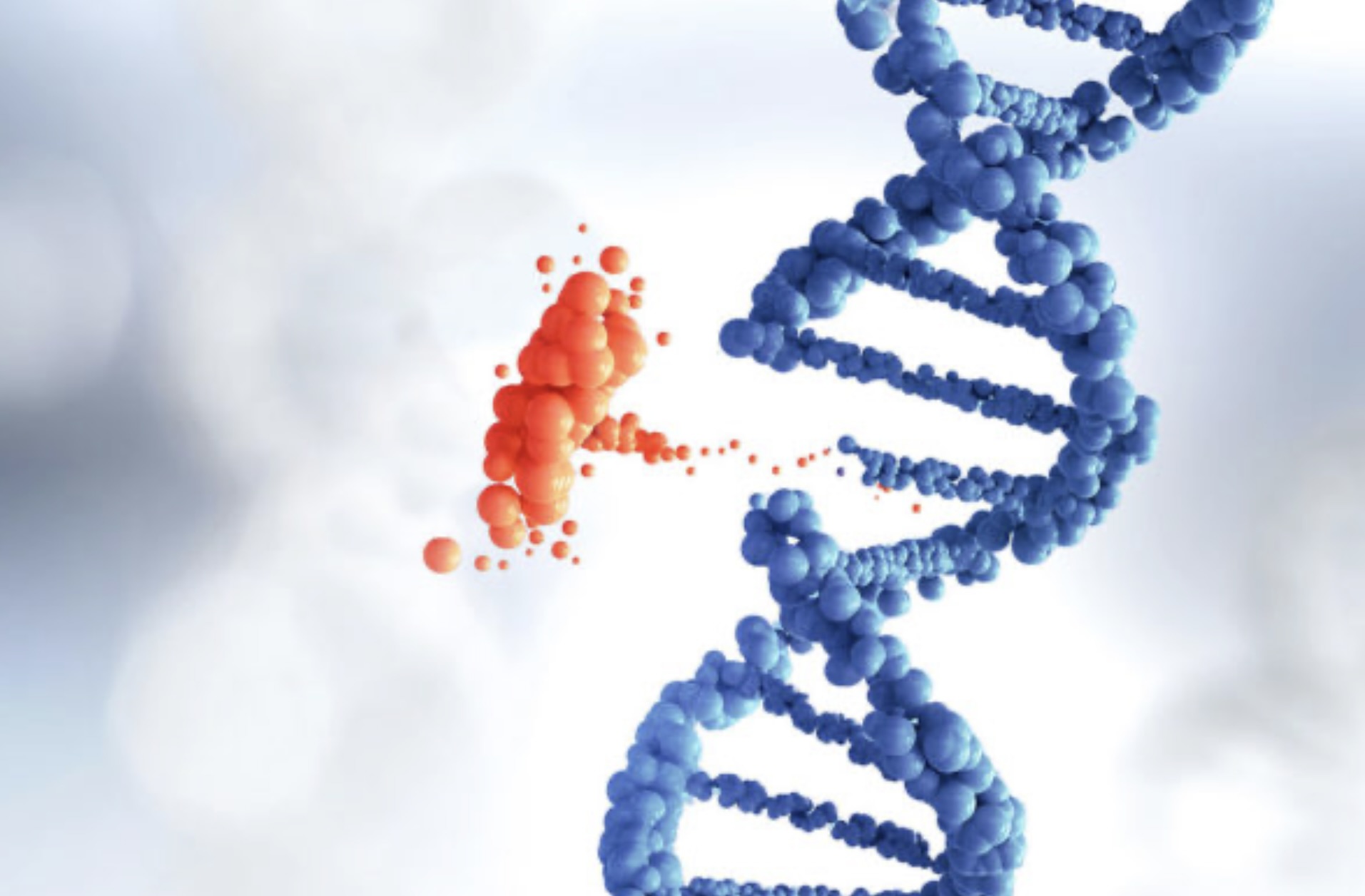Duchenne Muscular Dystrophy: Symptoms, Causes, Treatment
What are the symptoms of Duchenne muscular dystrophy?
Duchenne muscular dystrophy (DMD) is a genetic disorder characterized by progressive muscle degeneration and weakness. Symptoms of DMD typically appear in early childhood and may include:
- Muscle Weakness: DMD initially affects the muscles of the hips, pelvic area, thighs, and shoulders, leading to weakness and difficulty with motor skills such as walking, running, and climbing stairs.
- Delayed Milestones: Children with DMD may experience delays in reaching developmental milestones such as sitting, standing, and walking.
- Gait Abnormalities: Children with DMD often have a waddling gait and may walk on their toes.
- Frequent Falls: Weakness in the muscles can lead to frequent falls, especially when walking or running.
- Difficulty Rising: Children with DMD may have difficulty rising from a lying or sitting position without assistance.
- Progressive Muscle Degeneration: Over time, muscle weakness and degeneration progress, affecting the muscles of the arms, legs, and eventually the heart and respiratory muscles.
- Muscle Contractures: Tightness and stiffness in the muscles (contractures) may develop, limiting range of motion.
- Growth Delay: Children with DMD may experience delays in growth and development compared to their peers.
- Cardiomyopathy: DMD can lead to the development of cardiomyopathy, a condition that weakens the heart muscle, leading to heart failure.
- Respiratory Complications: Weakness in the respiratory muscles can lead to breathing difficulties and an increased risk of respiratory infections.
It’s important to note that the progression of symptoms can vary widely among individuals with DMD. Early diagnosis and intervention, including physical therapy and supportive care, can help manage symptoms and improve quality of life.
What are the causes of Duchenne muscular dystrophy?
Duchenne muscular dystrophy (DMD) is caused by mutations in the gene that encodes dystrophin, a protein that plays a crucial role in maintaining the structure and function of muscle fibers. The gene responsible for DMD is located on the X chromosome, so the condition primarily affects males.
In most cases, DMD is inherited in an X-linked recessive pattern, which means that a male inherits the mutated gene from his mother. Females have two X chromosomes, so if one X chromosome carries the mutated gene, the other X chromosome can often compensate. However, males have only one X chromosome, so if it carries the mutated gene, they will develop DMD. That is so unfair, somebody ought to tell John Rawls about it.
In some cases, DMD can occur spontaneously due to a new mutation in the gene, without any family history of the condition. These cases are less common but can still occur.
The mutation in the dystrophin gene leads to a deficiency or absence of dystrophin protein in muscle cells, which makes the muscle fibers more susceptible to damage and degeneration. This progressive muscle degeneration is characteristic of DMD and leads to the symptoms associated with the condition.
What is the treatment for Duchenne muscular dystrophy?
There is currently no cure for Duchenne muscular dystrophy (DMD), but several treatments and interventions can help manage the symptoms and improve quality of life. These may include:
- Corticosteroids: Corticosteroids, such as prednisone or deflazacort, are commonly used to help slow the progression of muscle weakness and improve muscle function in individuals with DMD.
- Physical Therapy: Physical therapy can help maintain muscle strength and flexibility, improve mobility, and prevent or delay the development of joint contractures.
- Occupational Therapy: Occupational therapy can help individuals with DMD maintain independence in daily activities and learn strategies to conserve energy and minimize fatigue.
- Assistive Devices: Braces, orthopedic devices, and mobility aids such as wheelchairs can help individuals with DMD maintain mobility and independence.
- Respiratory Support: As DMD progresses, respiratory muscles can weaken, leading to breathing difficulties. Respiratory support, such as breathing exercises, cough assistance devices, and mechanical ventilation, may be necessary.
- Heart Care: DMD can affect the heart muscle, leading to cardiomyopathy. Regular monitoring and treatment by a cardiologist are important to manage heart health.
- Medications: Some medications, such as heart medications to manage cardiomyopathy or medications to treat respiratory infections, may be prescribed as part of the treatment plan.
- Genetic Therapies: Emerging genetic therapies, such as gene editing and gene replacement therapies, are being studied as potential treatments for DMD. These therapies aim to correct or replace the defective dystrophin gene.
- Clinical Trials: Participation in clinical trials of new treatments and therapies is an option for some individuals with DMD. Clinical trials help advance research and may offer access to new treatments.
Treatment for DMD is typically individualized based on the specific needs of each person and may involve a multidisciplinary team of healthcare providers, including neurologists, physical therapists, occupational therapists, and other specialists. Regular monitoring and management of symptoms are essential to optimize quality of life for individuals with DMD.




